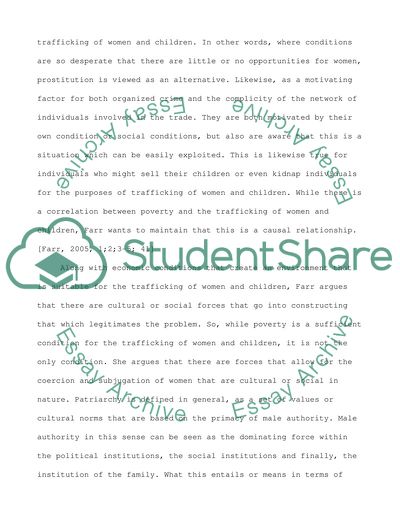Cite this document
(Women Across Cultures Book Report/Review Example | Topics and Well Written Essays - 1500 words - 1, n.d.)
Women Across Cultures Book Report/Review Example | Topics and Well Written Essays - 1500 words - 1. Retrieved from https://studentshare.org/gender-sexual-studies/1755113-sex-trafficking
Women Across Cultures Book Report/Review Example | Topics and Well Written Essays - 1500 words - 1. Retrieved from https://studentshare.org/gender-sexual-studies/1755113-sex-trafficking
(Women Across Cultures Book Report/Review Example | Topics and Well Written Essays - 1500 Words - 1)
Women Across Cultures Book Report/Review Example | Topics and Well Written Essays - 1500 Words - 1. https://studentshare.org/gender-sexual-studies/1755113-sex-trafficking.
Women Across Cultures Book Report/Review Example | Topics and Well Written Essays - 1500 Words - 1. https://studentshare.org/gender-sexual-studies/1755113-sex-trafficking.
“Women Across Cultures Book Report/Review Example | Topics and Well Written Essays - 1500 Words - 1”, n.d. https://studentshare.org/gender-sexual-studies/1755113-sex-trafficking.


